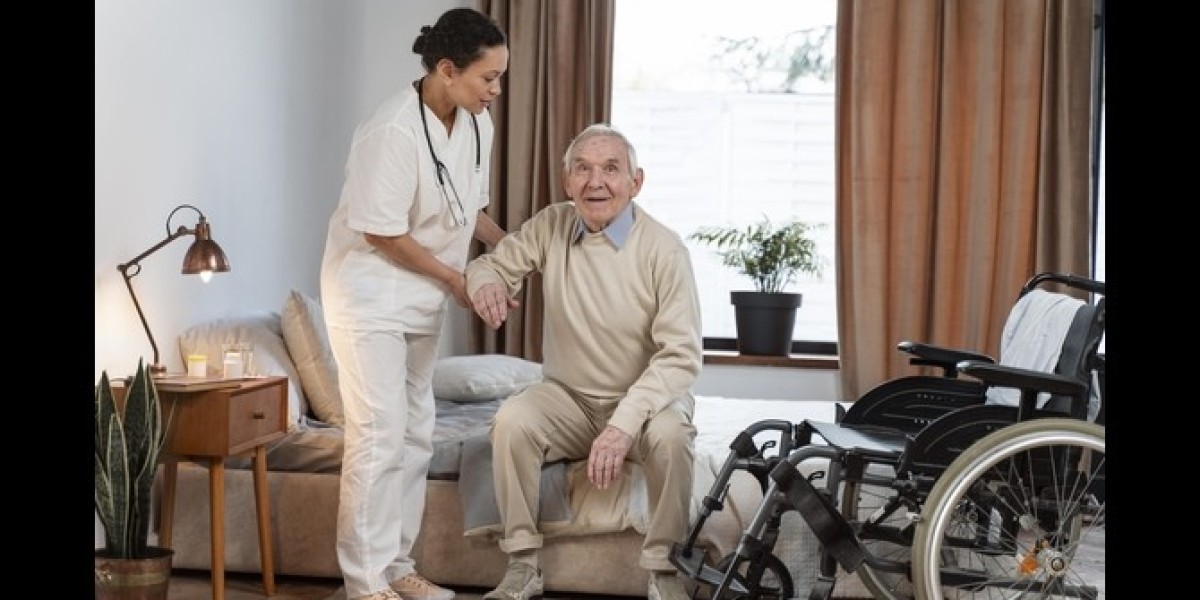Even for the elderly, regular physical activity may significantly improve the quality of their living since such practice prevents chronic diseases, promotes mobility, and improves their mental being. Being physically active is a multibenefit package that finds its perfect fit with the needs of older adults. It is an essential part of healthy aging.
The greatest benefit that exercise gives to the seniors is in the prevention of chronic diseases. For instance, it reduces risks for diseases like heart diseases, diabetes, and osteoporosis. With regular exercises on cardiovascular health, flexibility, and strength training, seniors can easily remain healthy overall. Some of them include a range of aerobic exercise modes, such as walking or swimming, that enhance heart health and strengthening through resistance training to preserve muscle mass and bone density.
It also gives the concomitant effects of mobility and balance that are critical determinants in preventing falls-the main risk factor in older adults. Balance exercises in the form of tai chi or yoga help better coordinate stability in the older adults in navigating their safe environment. Simple things like standing on one leg or using a balance board can make a big difference in preventing falls.
Another area that regular exercise improves is the one concerning the mental health of the elderly. Exercise has been known to reduce symptoms of anxiety and depression; thus, their sense of well-being and their mood are improved. Group exercises also create a means of social interaction to overcome feelings of loneliness and isolation that most elderly people may feel. Social interaction is of great importance to mental and emotional well-being because it allows the senior citizens to integrate with others and at the same time seek to be part of the community.
Flexibility exercises are very helpful to the elderly in maintaining their health in joints and with increasing mobility. Gentle stretches will stop stiffness, and make your daily tasks easier. Stretching contributes generally to a state of relaxation and well-being, which may arise from a well-conducted exercise routine.
Choose exercises that are designed for the senior's level of fitness and interest. A safe activity for seniors is one that is perceived to be fun, otherwise, they'll get bored and not commit to regular exercise. It is recommended that seniors consult with healthcare professionals before starting an exercise program, especially those who have health conditions.
Categories of Exercise that Can be Used for Seniors
Exercises for the elderly must be diverse. The whole exercise program must incorporate aerobic exercises, strength exercises, flexibility exercises, and balance exercises. All aspects of a senior's health should be covered, thus requiring diverse exercises.
Aerobic Exercises: These must strengthen the cardiovascular system and, in general, raise a person's endurance. Walking on a treadmill or simply walking around in the open environment, walking can easily be one of the simplest aerobic exercises for older people. Such exercise can be done on a treadmill, and their intensity may be held to any level. Swimming, cycling, water aerobics, and other low-impact exercises are also effective where the stress exerted on the joints is avoided altogether.
Muscle mass must be built that sticks with the aging process. Strength training should aid in resisting decreased muscle strength and loss of bone density that occur with aging. Calisthenics, or other body weights, include resistance bands, or light weights to be used for the older adult. Focus should be on major muscle groups, including the legs, arms, back, and core muscles, and training done two times per week with adequate recovery between the two.
Stretching is an important component for healthy joints and in preventing injury. Gentle stretching can become part of daily routines and it is quite easy, targeting major muscle groups such as the back, shoulders, and legs. Programs such as yoga and Pilates, that are meant to improve flexibility also contribute in giving one a good state of mind.
Balance Exercises: Older adults should also be educated on balance exercises to avoid falling. Some simple exercises the elderly can practice are standing on one foot, heel-to-toe walking or walking with aid supports. Another excellent alternative is Tai chi, which combines gentle movements with purposeful breathing that enhances balance and coordination giving it a meditative quality.
Creating a Routine A good exercise routine should include at least 150 minutes of moderate aerobic activities per week and strength training twice a week. Combining different exercises prevents boredom, making the routines more interesting. People often achieve much motivation and socializing by registering for community classes or exercise groups.
Besides the scheduled exercises, an active fitness life can also be backed up with a busy life activity. Some simple activities, like taking care of your garden, walking your dog, or getting the stairs to work, all constitute being fit.
In total, the exercises to be maintained by the seniors so that they can achieve healthy and independent life spans are a wide range of aerobic, strength, flexibility, and balance exercises. The introduction of these exercises in the daily routines of elderly will, therefore, bring about significant improvements in their physical and mental well-being.
Conclusion
Seniors should engage in exercises to maintain health, support their mobilities, and enhance quality life. Regular physical activity garners so many benefits from helping prevent chronic diseases and manage mental health problems to enhancing social and cognitive engagement. The various exercise types could all be combined: there are aerobic, strength, flexibility, and balance, such that the above combination would perfectly create an all-around fitness routine suited to the needs and choice of seniors.
The development of an exercise routine is very strenuous and, indeed, demanding on the potential individual who is already having health conditions. However, for those concerned with healthy aging, the results of exercise are so much better than any work put into exercising. Adequate support and guide will always be essential in making sure seniors continue to lead an active life with more purpose and good well-being and independence. For that reason, staying active is a strong move towards healthy aging in that seniors get to live life more fully.








